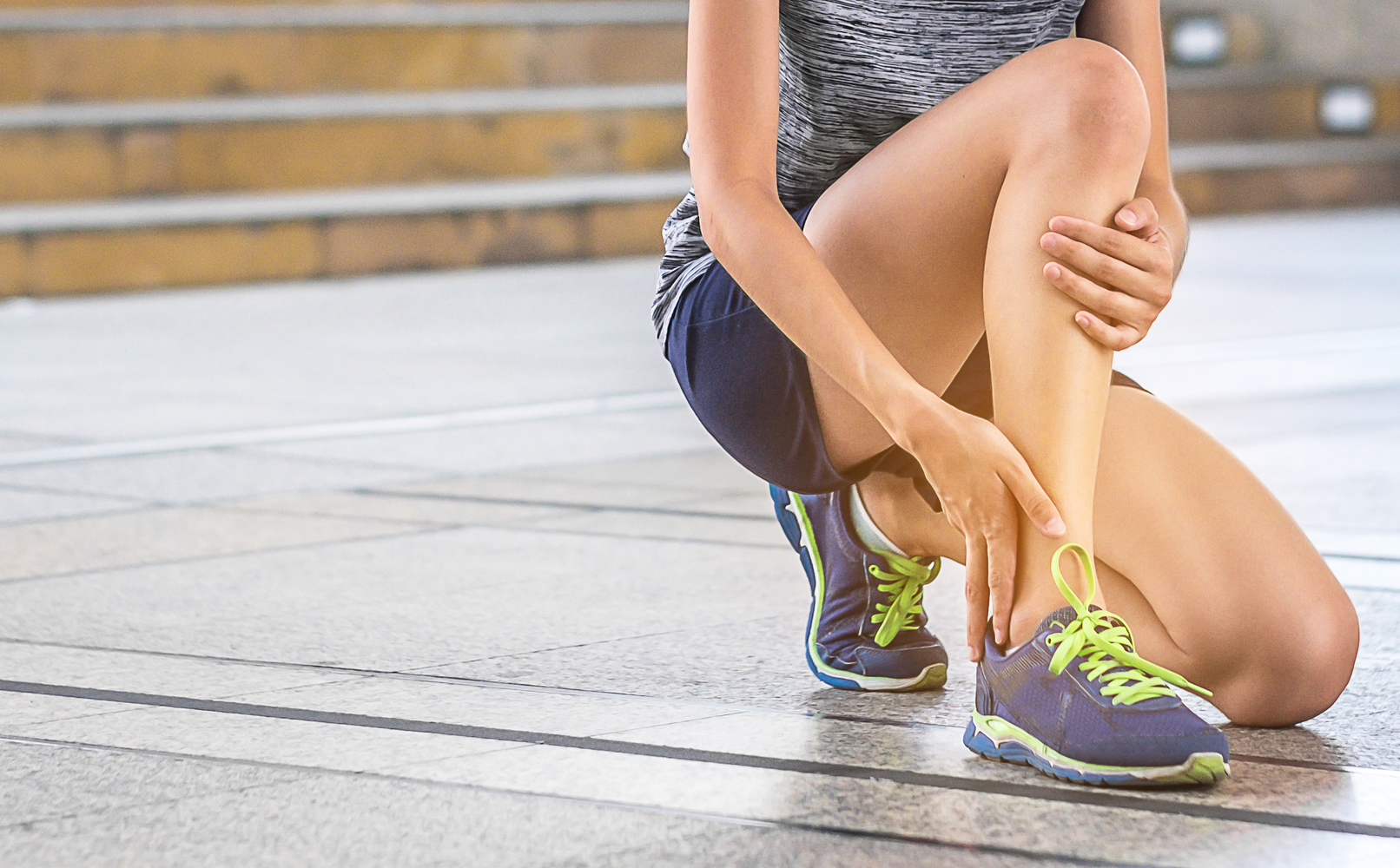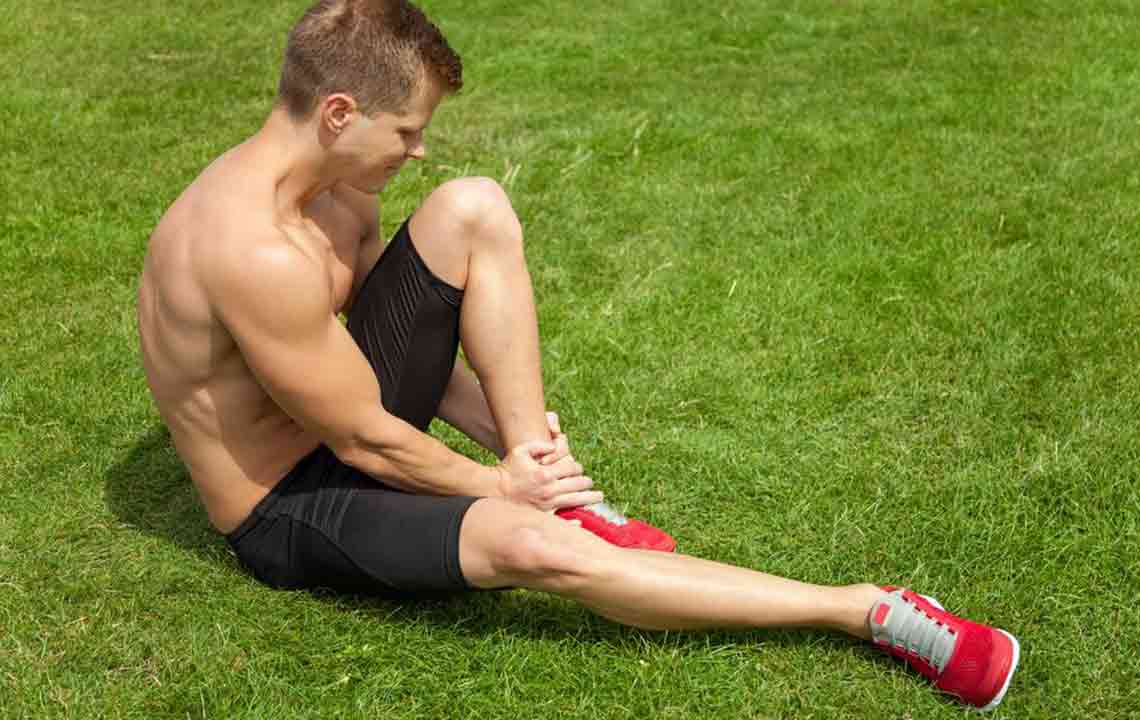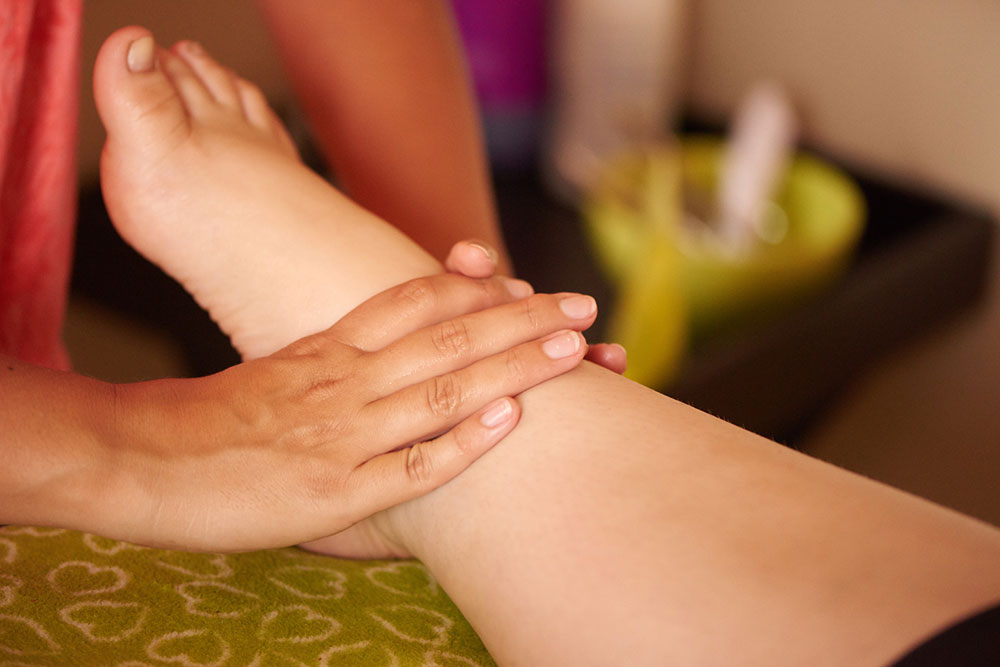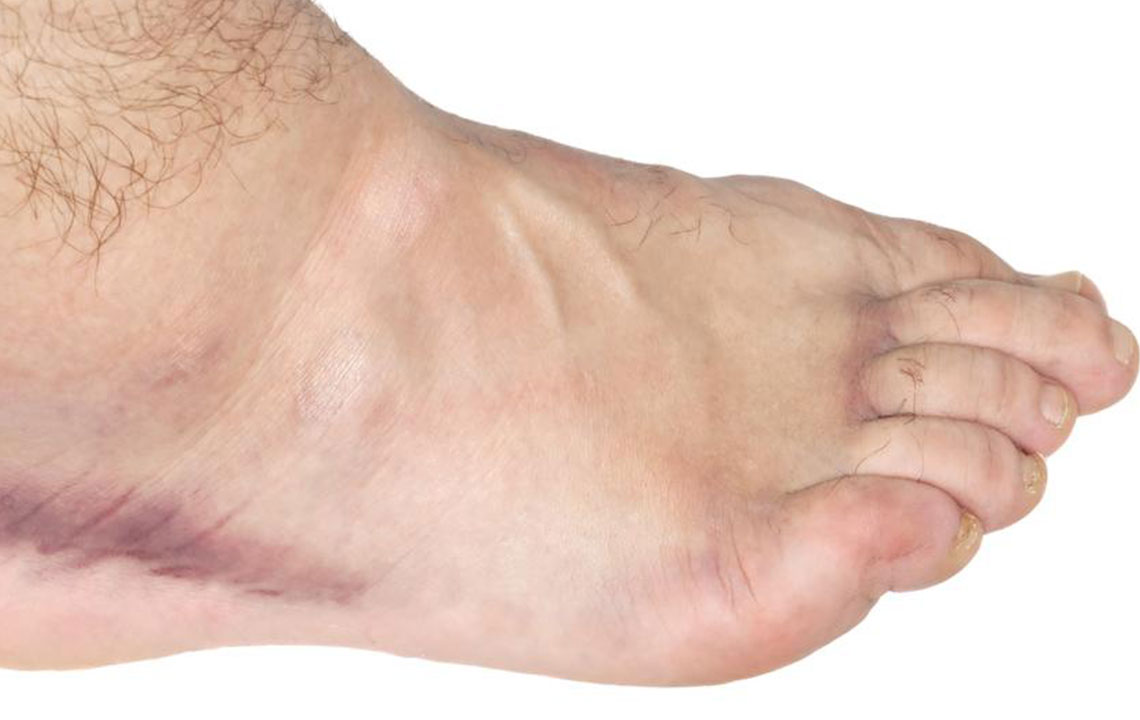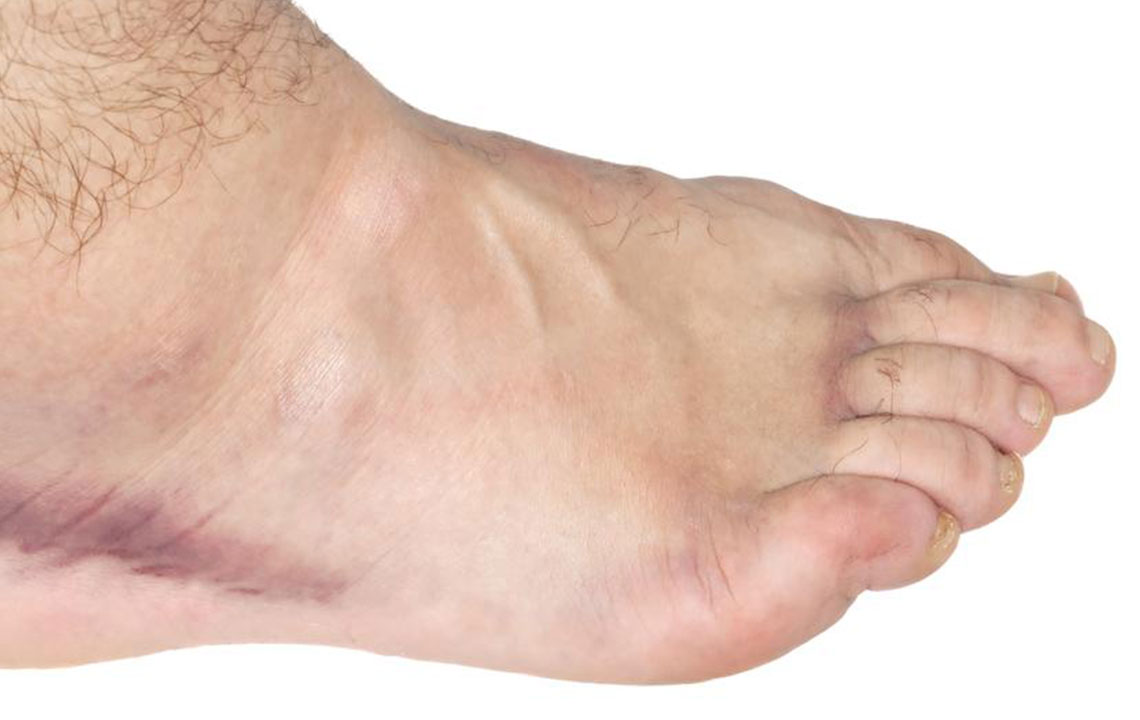Comprehensive Guide to Reducing Foot and Ankle Swelling Effectively
This comprehensive guide offers proven strategies to effectively reduce foot and ankle swelling, including supplements, soaking methods, physical activity, yoga, and massage therapy. By understanding these safe and natural remedies, individuals can manage edema better and improve their overall comfort and mobility. Regular implementation of these techniques can aid in preventing future swelling episodes and promote healthier blood circulation in the lower limbs.

Effective Strategies to Alleviate Foot and Ankle Swelling
Swelling in the feet and ankles, medically referred to as edema, is a common condition that affects a wide range of individuals, including athletes, pregnant women, and people with certain health issues. While it can be uncomfortable and sometimes painful, there are numerous simple and safe methods to reduce this swelling and improve overall comfort. Whether caused by prolonged standing, injury, or underlying health problems, understanding effective techniques can make a significant difference in managing symptoms and preventing further complications.
This comprehensive guide explores various practical strategies backed by medical insights to help you combat foot and ankle swelling efficiently. From dietary supplements to lifestyle adjustments, these methods aim to provide relief and promote healthier circulation. Let’s delve into these time-tested and scientifically-supported approaches to help you feel better and regain comfort in your lower extremities.
Magnesium Supplements for Reducing Inflammation
One of the key elements involved in fluid regulation and muscle function is magnesium. A deficiency in magnesium can lead to increased swelling and discomfort. Supplementing with magnesium has been shown to improve circulation, reduce inflammation, and alleviate muscle cramps that often accompany swelling. A typical dose of magnesium oxide or citrate is around 200mg daily, but it’s essential to consult a healthcare professional before starting any new supplement regimen to ensure safety and proper dosage tailored to your individual needs.
Soaking Feet in Tonic Water
Soaking the affected feet in tonic water at room temperature or slightly chilled can provide temporary relief from swelling. This traditional remedy is based on the presence of quinine, which has been used historically to reduce muscle cramps and swelling. For enhanced comfort, especially if pain or discomfort is severe, warming the tonic water slightly before soaking for about 10-15 minutes can help relax muscles and promote better blood flow. However, if swelling persists or worsens, it is crucial to seek medical advice promptly, as underlying causes may require diagnosis and specific treatments.
Engaging in Physical Activity to Promote Circulation
Regular movement and specific exercises are essential in promoting proper blood flow and reducing fluid buildup in the lower extremities. Engaging in mild activities such as walking, cycling, or swimming can help prevent blood from pooling in the feet and ankles, thus reducing swelling and related discomfort. It also aids in preventing blood clots, which can be a serious complication. For those who prefer low-impact exercises, yoga can be especially beneficial, as certain postures enhance circulation and stretch the muscles involved in venous return.
Yoga for Circulatory Health and Swelling Relief
Yoga incorporates gentle stretching and breathing exercises that improve blood circulation throughout the body. Postures such as Legs-up-the-Wall, Downward Dog, and Child’s Pose can promote venous drainage from the feet and ankles, decreasing swelling over time. Consistent yoga practice not only helps in immediate relief but also contributes to long-term health by strengthening muscles and improving vascular health, thereby reducing future episodes of edema in the lower limbs.
Massage Therapy for Targeted Swelling Reduction
Professional massage therapy focusing on the legs, ankles, and feet can be highly effective in dispersing excess fluids and reducing swelling. Techniques such as lymphatic drainage massage stimulate lymphatic flow, aiding in the removal of accumulated fluids and toxins. When seeking massage therapy, communicate your discomfort and swelling areas clearly to ensure targeted treatment. Regular massage sessions can improve circulation, diminish swelling, and enhance overall limb health, especially for individuals with chronic or recurrent edema.
Incorporating these scientifically supported and traditional strategies into your daily routine can significantly alleviate foot and ankle swelling. Remember, persistent swelling or sudden changes in the severity should always prompt consultation with a healthcare provider to identify and treat any underlying health conditions effectively. Maintaining an active lifestyle, ensuring proper nutrition, and seeking professional care when necessary are vital steps toward healthier and more comfortable feet and ankles.
